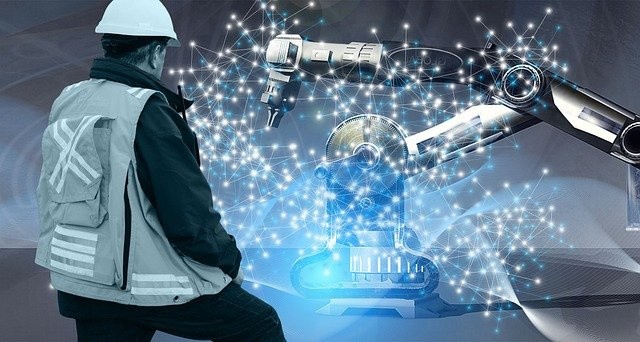
Robots have been in the manufacturing sector for decades. They have enabled the automation of different types of manufacturing processes. Many manufacturing companies rely on robots to make it possible to get their products to the market.
At some point in the manufacturing industries, robots lost their appeal. This was due to their large size, which required factories to have extra space to hold them in. They were also prone to accidents, which increased operational costs for the factories. They also became difficult to maintain and operate without a specialized robot programmer.
Recently, there are more and more factories seeking industrial robots for sale. Modern robots have revolutionized robotics for manufacturers. As a result, more and more companies are seeking modern robots.
What is the cause of this rising interest?
Easy To Use
Many factories are seeking modern industrial robots for sale as they have become much easier to use.
Modern robots are not only a preserve of the manufacturing industry. You will find them in industries such as hospitality, agriculture, healthcare, and others that didn't have use for the large traditional robots.
Modern robots, known as collaborative robots don't need a specialized robot programmer. Embedded with an easy to operate and understand user interface, anyone can operate the robot.
Faster Deployment
Industrial robots today are easy to deploy. Before you got to use traditional robots, you had to prepare a special place for them. They were kept far away from people due to the need for safety. Once they were in location, they needed more time to get them to work.
For modern industrial robots, once they are delivered to your factory, they are ready to work. Assemble the robot, then plug it and get to work. You don't need more time and money to get it ready for work. This ensures that you can start using it immediately to solve problems that need robots in the factory.
Collaborative
Modern robots are collaborative. This has immensely contributed to the explosive popularity of the modern industrial robot.
The collaborative robot industry and has grown over the last decade. It is estimated that for every two industrial robots now, one is a collaborative robot.
Collaborative robots are robots that can work alongside human workers without the need for shielding. This is because they have an internal safety mechanism ensuring that accidents and injuries don't occur during work.
Further, collaborative robots can also collaborate with other robots. Robots collaborating with robots heralds the "lights out industry". Robots don't need light. Thus robot automated factories can run and produce at optimum without switching on a light on the production floor.
Enhanced Safety Features
As already mentioned, modern collaborative robots have advanced safety features. The first safety feature is in their design. They have smooth rounded corners that are unlikely to cause harm when you come into contact with the robot.
Second, they have an internal safety mechanism. This mechanism enables the robot to slow or shut down whenever there is a human presence too close to its working area. This ensures that accidents won't happen at the workplace when you use the collaborative robot.
Affordable
Price is also a factor in the rising popularity of industrial robots for sale. Modern robots are much more affordable compared to traditional robots. Traditional robots are a preserve of certain industries and companies with large reserves of cash.
Modern robots are affordable and have a quick return on investment. From the many who have used them, modern robots can pay back their purchase price within months.
Conclusion
Modern robots have brought back demand for robots. More companies are seeking industrial robots for sale. They are affordable, easy to use, and require little to no maintenance once they start working. Being much safer than traditional robots is a contributing factor to their popularity and demand in both large and small factories.
© 2025 NatureWorldNews.com All rights reserved. Do not reproduce without permission.





